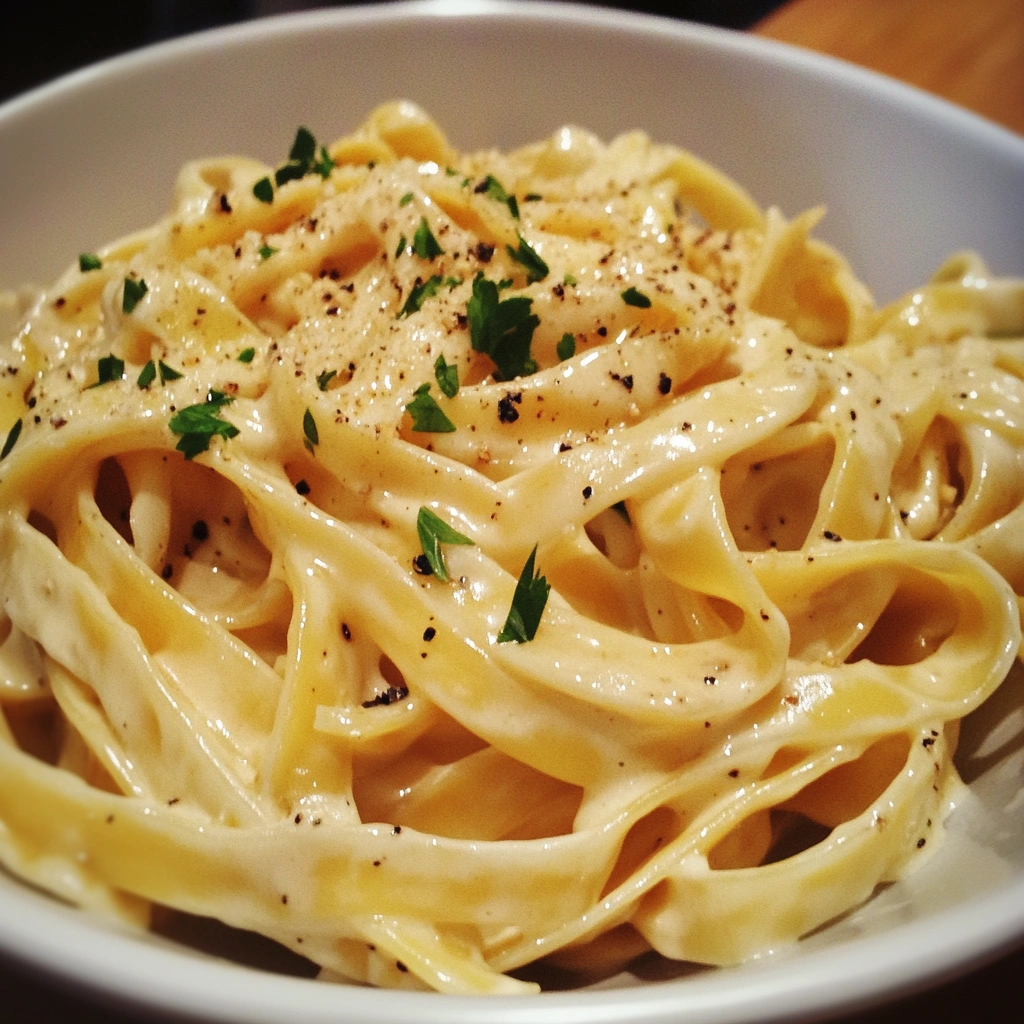Let’s talk pasta and sauce—the ultimate comfort food duo. When it comes to creamy pasta dishes, choosing the right pasta isn’t just about what looks good on your plate. It’s about finding a shape that scoops up all that luscious, velvety sauce and makes every bite a total flavor bomb. What Type of Pasta Is Best for Creamy Pasta? Whether you’re whipping up a classic Alfredo or a decadent carbonara, the pasta you pick plays a big role in the final dish.
So grab your fork, and let’s figure this out together. By the end, you’ll have a solid answer to the age-old question: what type of pasta works best for creamy pasta?
Table of Contents
Table of Contents
Why the Right Pasta Matters
Before we dive in (see what I did there?), let’s pause for a second. Why does the pasta shape even matter? Here’s the deal—creamy sauces like Alfredo, carbonara, or even a homemade vodka sauce are rich and clingy by nature. The goal is to pair them with pasta that catches all that creaminess so you don’t miss a single drop.
Imagine eating fettuccine Alfredo with penne. Sure, it’s pasta, but the sauce-to-bite ratio? Totally off. The right pasta shape makes everything taste better—it’s like the peanut butter to your jelly.
For a delicious twist on creamy pasta, check out this recipe for Marry Me Chicken Pasta—it’s a must-try!
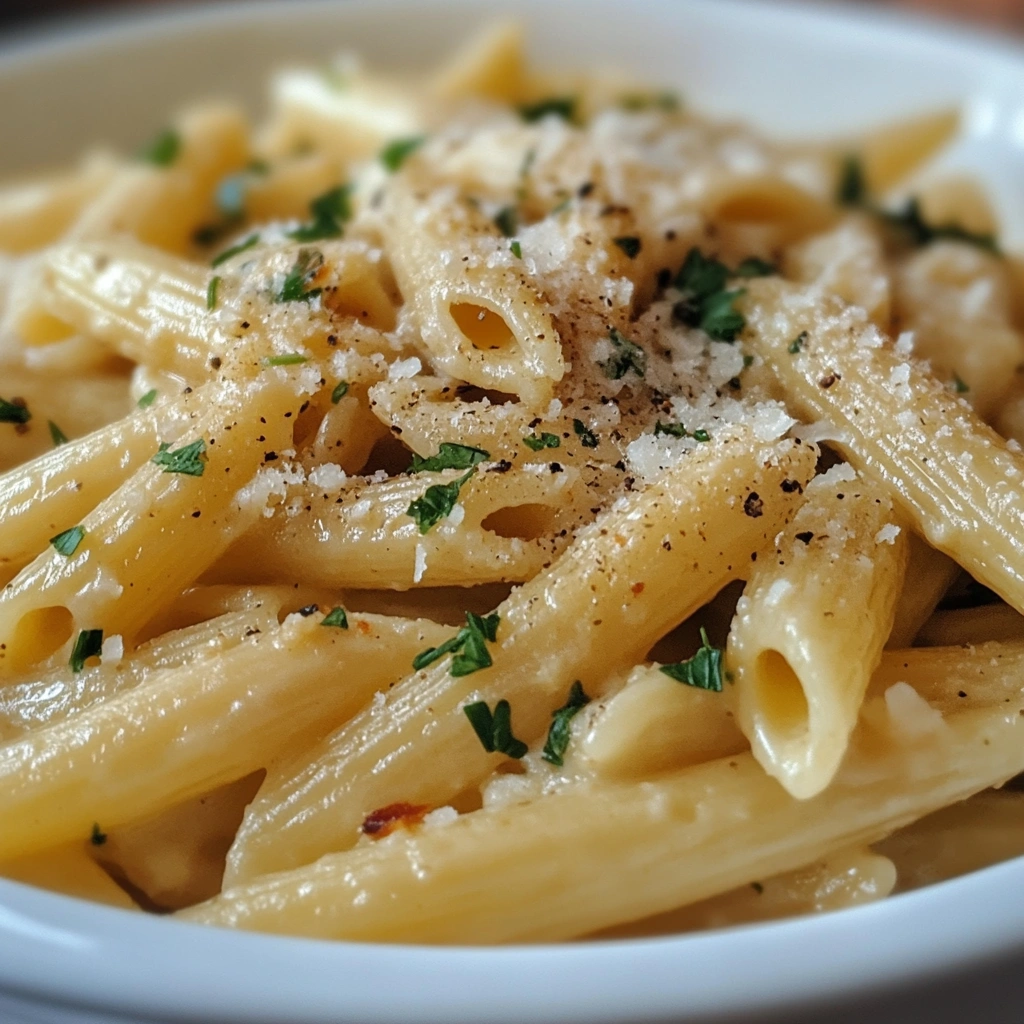
Top Pasta Types for Creamy Sauces
1. Fettuccine: The Creamy Pasta MVP
If creamy pasta had a best friend, it’d be fettuccine. This flat, wide noodle is practically built for holding onto rich sauces. The surface area lets the cream cling on, so you get a perfect bite every time. Plus, there’s just something classic about fettuccine Alfredo, right? It’s like the OG creamy pasta dish.
Pro Tip: Don’t overcook your fettuccine! Creamy sauces need pasta with a bit of chew (al dente is the magic word here) to balance the richness.
2. Pappardelle: Fancy but Worth It
Pappardelle is like fettuccine’s sophisticated older cousin. It’s slightly wider, which means it grabs even more sauce. This pasta is a killer choice if you’re making something super decadent, like a creamy mushroom sauce or a truffle Alfredo. It looks fancy on the plate, but let’s be real—it’s not all about appearances. It delivers big on flavor, too.
3. Tagliatelle: All About Texture
Tagliatelle is another flat pasta that’s amazing with creamy sauces. It’s a touch thinner than fettuccine, so it feels a little lighter on the fork, but it still does the job of soaking up the sauce. If you’re making a creamy seafood pasta—think shrimp Alfredo—tagliatelle’s your pasta.
4. Penne: The Underrated Superstar
Penne isn’t the first pasta you think of for creamy sauces, but it deserves a shoutout. The tube shape and ridges are sauce magnets! Cream gets inside the pasta (yes, inside), so every bite is loaded with flavor. It’s especially great for baked creamy dishes like penne Alfredo. Bonus: it’s super easy to eat—no twirling required!
5. Rigatoni: A Chunky Choice
Rigatoni is like penne but beefier. The wide tubes and ridges are perfect for heavier cream sauces, especially those with chunks of meat or veggies. If you’re making a sausage Alfredo or something hearty, rigatoni can handle the job.
6. Cavatappi: Fun and Functional
Cavatappi is that curly, spiral-shaped pasta that instantly makes any dish feel fun. Its twists and turns grab onto creamy sauces like nobody’s business. It’s also great for casseroles—imagine a baked creamy pasta dish with crispy breadcrumbs on top. Sounds good, right?
7. Linguine: A Slimmer Alternative
Linguine is a thinner, slightly flatter cousin to fettuccine. It works well with creamy sauces that aren’t too heavy—like a creamy garlic and clam sauce. If you want something a bit more delicate, linguine’s a great pick.
8. Shells: Perfect for Filling
If you’re adding lots of mix-ins—like chicken, veggies, or bacon—medium-sized pasta shells are fantastic. Their cup-like shape holds onto sauce and fillings, so you get a little of everything in every bite.
9. Gnocchi: Technically Not Pasta, But Still Amazing
Okay, gnocchi’s technically a dumpling, but it’s too good to leave out. These soft potato pillows soak up creamy sauces like a dream. If you’ve never had gnocchi in a creamy sauce (hello, gnocchi Alfredo!), you’re seriously missing out.
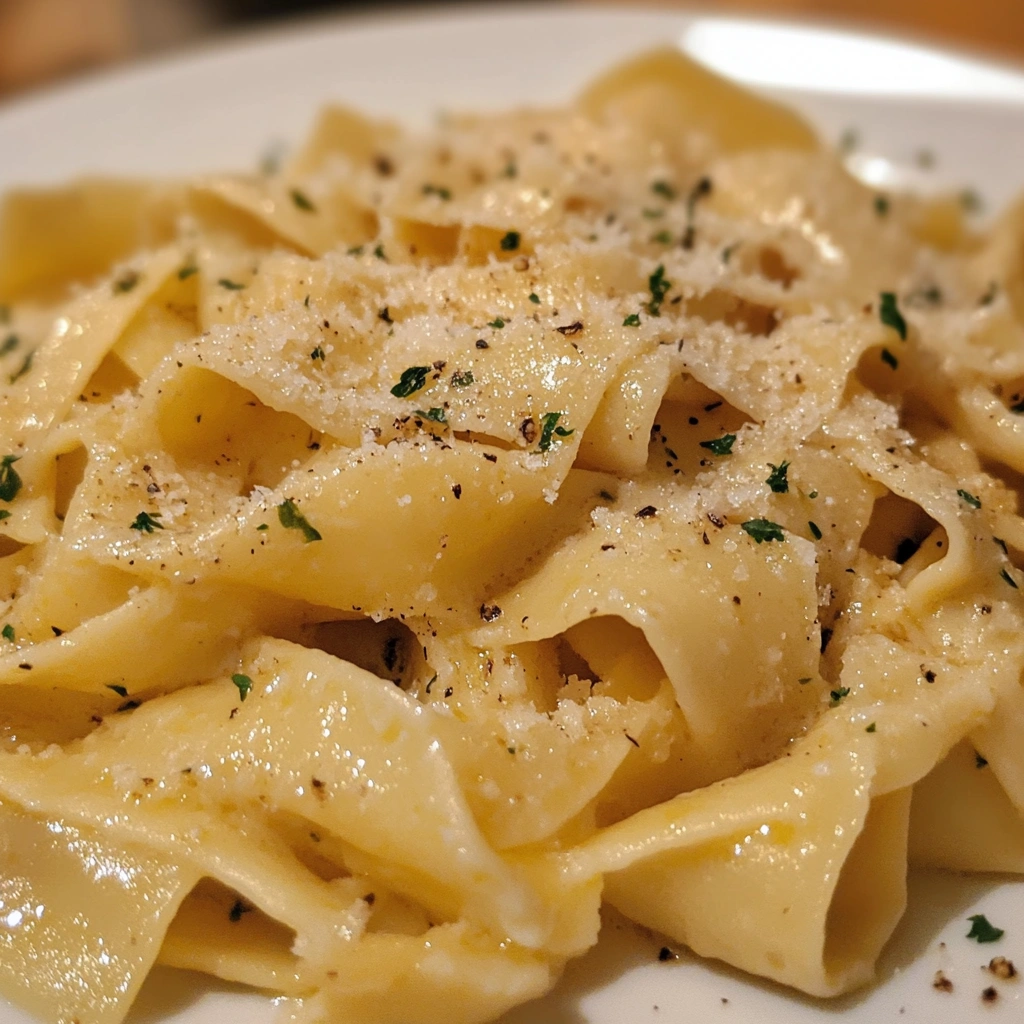
Honorable Mentions
Some pasta shapes didn’t make the top list but still deserve a nod:
- Bucatini (think spaghetti but with a hole in the center—great for lighter cream sauces).
- Orecchiette (little “ears” that scoop up sauce and toppings).
- Fusilli (tight spirals for extra saucy goodness).
Tips for Perfect Creamy Pasta Every Time
1. Cook Your Pasta Al Dente
Nobody likes mushy pasta. Cook it until it has a little bite—that way, it holds up better with creamy sauces. Overcooked pasta can get lost in all that cream.
2. Don’t Skip the Pasta Water
Before you drain your pasta, save a cup of that starchy water. Adding a splash of pasta water to your sauce makes it silky smooth and helps it stick to the pasta.
3. Mix Pasta and Sauce Together
Instead of pouring the sauce on top of the pasta, mix them together in the pan. This helps the sauce coat every piece of pasta evenly.
4. Go Heavy on the Parmesan
Let’s be honest—cheese makes everything better. When you’re working with a creamy sauce, freshly grated Parmesan adds that salty, nutty kick that ties everything together.
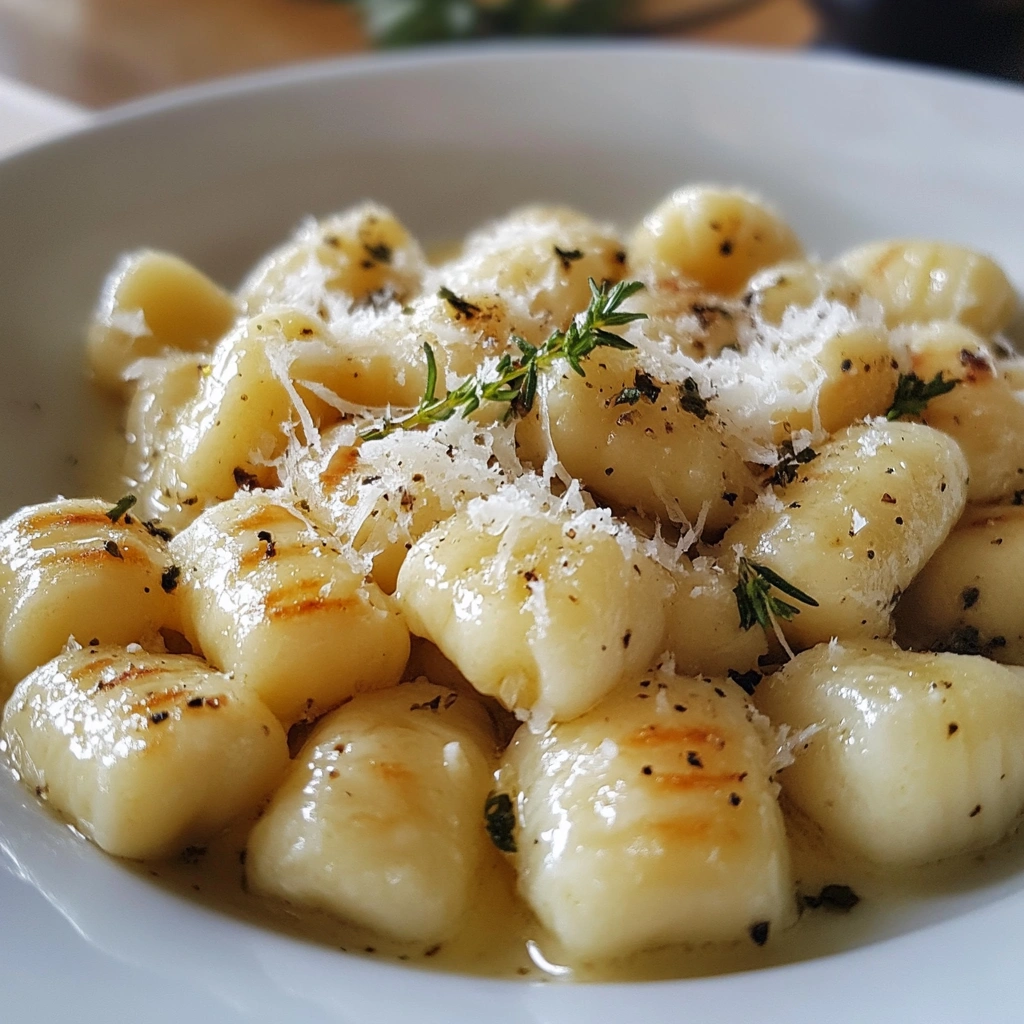
How to Choose the Right Pasta for Your Creamy Dish
When picking pasta for a creamy dish, think about how you like to eat it. Are you a fan of twirling long noodles, or do you prefer bite-sized pieces you can easily scoop up with a fork? The texture of your pasta matters, too. Smooth pasta shapes like spaghetti might let the sauce slide right off, while ridged or grooved ones grab on and hold tight. If you’re making a baked creamy pasta, sturdy shapes like penne or rigatoni are ideal because they won’t fall apart in the oven.
The Role of Starch in Creamy Pasta
Here’s a little secret: the starch in your pasta water is a game-changer. That starchy liquid isn’t just for thinning out thick sauces; it also helps your sauce stick to the pasta. The right pasta shape will work hand-in-hand with that starchy sauce to coat every bite evenly. So next time you make creamy pasta, don’t forget to reserve a cup of pasta water—it’s like liquid gold for your dish.
Pairing Ingredients with Pasta Shapes
The kind of ingredients you’re adding to your creamy sauce can also influence your pasta choice. If your sauce includes chunky add-ins like chicken, mushrooms, or broccoli, shapes like rigatoni, shells, or cavatappi are great because they trap those pieces in every bite. On the other hand, delicate sauces with shrimp or thinly sliced vegetables pair better with long noodles like fettuccine or tagliatelle.
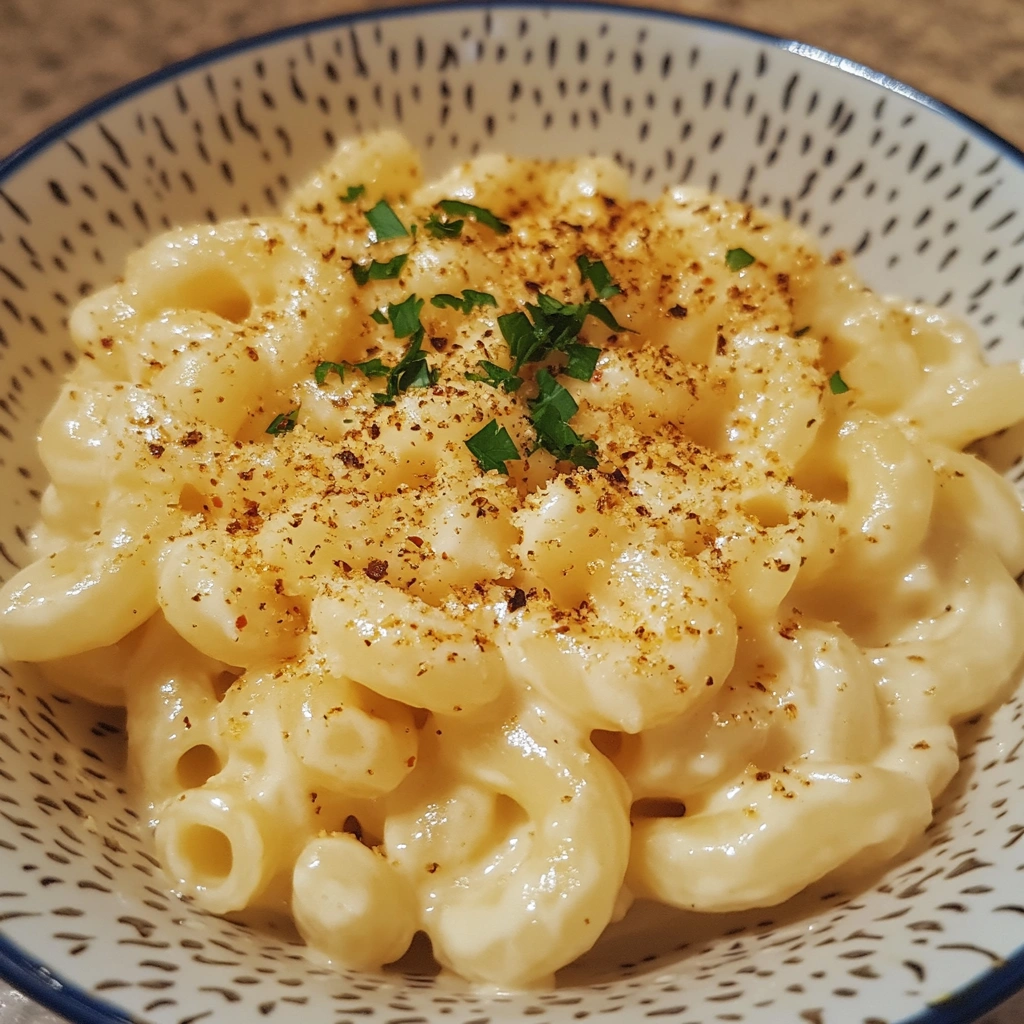
Gluten-Free Options for Creamy Pasta
If you’re gluten-free, don’t worry—there are plenty of pasta options for creamy sauces. Chickpea or lentil pasta holds up surprisingly well with rich, creamy sauces, while gluten-free spaghetti or fettuccine works for traditional recipes. Just make sure to cook them slightly under al dente, as gluten-free pasta can soften quickly. You’ll still get a creamy pasta dish that’s just as satisfying as the regular kind.
Creamy Pasta on a Budget
Did you know you don’t need pricey ingredients to make a creamy pasta dish that tastes like it came from a fancy restaurant? Basic pasta shapes like penne or spaghetti are usually affordable and easy to find. Pair them with a homemade cream sauce using pantry staples like heavy cream, butter, and Parmesan, and you’ve got yourself a budget-friendly meal that feels like a treat.
Long vs. Short Pasta for Creamy Sauces
When deciding between long or short pasta for creamy dishes, it’s all about the vibe you’re going for. Long pastas like fettuccine and linguine feel elegant and are perfect for dinner parties or special occasions. They’re ideal for sauces that you want to swirl around your fork—think Alfredo or carbonara. Short pastas, like penne or rigatoni, feel a little more casual and are easier to eat, especially if you’re serving kids or a crowd. Plus, short shapes are better for baked creamy pastas since they hold their structure and don’t get tangled together.
The Science Behind Creamy Sauce and Pasta Pairing
Have you ever noticed how some pasta shapes seem to “soak up” creamy sauce better than others? This isn’t just in your head—it’s all about surface area and texture. Flat noodles like fettuccine have a smooth surface that clings to creamy sauces, creating a silky coating. On the flip side, ridged pastas like rigatoni or penne have little grooves that physically hold onto the sauce. This is why certain shapes work better with specific recipes—it’s pasta science in action!
Why Fresh Pasta Makes a Difference
Fresh pasta is a game-changer for creamy dishes, and here’s why: it’s softer and absorbs sauce differently than dried pasta. While dried pasta holds its shape better for heartier sauces, fresh pasta creates a luxurious, melt-in-your-mouth experience. If you’re making something like creamy spinach and ricotta, fresh fettuccine or pappardelle takes the dish to another level. Just remember, fresh pasta cooks faster, so keep an eye on the pot.
Making Your Creamy Pasta Dish Stand Out
Want to make your creamy pasta unforgettable? It’s all in the toppings. A sprinkle of fresh parsley or basil adds a pop of color and freshness. For a little crunch, toasted breadcrumbs or crispy pancetta work wonders. And don’t forget the cheese—whether it’s Parmesan, Pecorino, or a dollop of creamy ricotta, a finishing touch of cheese is the cherry on top of your creamy masterpiece.
Is Whole Wheat Pasta Good for Creamy Dishes?
If you’re looking to make your creamy pasta a little healthier, whole wheat pasta is a great option. Its nutty flavor pairs surprisingly well with rich, creamy sauces, creating a nice balance. It’s also sturdier than regular pasta, so it holds up well with chunky ingredients like chicken or roasted vegetables. Just be aware that it’s denser, so you might want to use a slightly lighter cream sauce to avoid overwhelming the dish.
One-Pot Creamy Pasta: A Busy Cook’s Dream
If you love creamy pasta but hate doing dishes, you’ve got to try a one-pot method. But before you start, ask yourself: what type of pasta is best for creamy pasta in a one-pot recipe? Short shapes like penne or rigatoni work perfectly here because they cook evenly and soak up the sauce as they release their starch. You cook the pasta in a mix of broth and cream right in the same pot as the sauce. Not only does this save time, but it naturally thickens the sauce for a velvety texture. It’s a total win for weeknights when you want a comforting meal without a lot of cleanup.
Choosing the Right Cheese for Creamy Pasta
Cheese is the backbone of any creamy pasta dish, and the type you choose makes a big difference. Parmesan is the go-to for a reason—it melts beautifully and adds just the right amount of salty flavor. But don’t sleep on other cheeses like Gruyère, Asiago, or even cream cheese for a twist. If you’re feeling adventurous, a combination of cheeses can take your sauce to the next level. Just be sure to add it gradually and stir constantly to avoid clumps.
Making Creamy Pasta for Special Diets
Got friends or family with dietary restrictions? No problem—creamy pasta can still be on the menu. Wondering what type of pasta is best for creamy pasta that fits special diets? For a dairy-free option, use coconut milk or cashew cream as a base, paired with gluten-free pasta if needed. If you’re watching calories, swap heavy cream for a mix of low-fat milk and cornstarch to create a lighter, creamy texture. For vegetarians, adding roasted veggies like mushrooms or spinach creates a hearty and satisfying creamy pasta dish without any meat.
FAQs
Can I use spaghetti for creamy pasta?
You can, but it’s not ideal. Spaghetti is better suited for lighter, oil-based sauces like garlic and olive oil. Creamy sauces tend to slide right off spaghetti, so you won’t get the same saucy goodness.
Do I have to use fresh pasta for creamy dishes?
Not at all! Fresh pasta is lovely, but good-quality dried pasta works perfectly for creamy sauces. Fresh pasta tends to be softer, so it’s better for lighter sauces.
What’s the best way to reheat creamy pasta?
Reheat creamy pasta on the stove with a splash of milk or cream. This keeps the sauce from drying out. Microwave works in a pinch, but it can make the sauce separate.
What if my sauce is too thick?
No worries! Thin it out with a little reserved pasta water or milk. Add a bit at a time until you get the consistency you want.
Conclusion
When it comes to creamy pasta, the type of pasta you choose can make or break the dish. From the classic fettuccine that hugs the sauce perfectly to fun shapes like cavatappi that trap every last drop of creaminess, there’s a pasta for every kind of creamy craving. It’s all about finding the right balance between the sauce, the texture, and how you want to enjoy your meal.
So next time you’re in the mood for creamy pasta, it’s worth asking yourself: what type of pasta is best for creamy pasta? Think beyond what’s in your pantry and choose a shape that works with your sauce. Whether you’re going for a fancy pappardelle truffle Alfredo or a cozy baked penne dish, the perfect pasta is out there waiting for its creamy partner. And don’t forget—add a little love, a lot of cheese, and maybe even some toasted breadcrumbs to take it to the next level.
At the end of the day, it’s hard to go wrong with pasta and cream. So grab your favorite shape, whip up a sauce, and enjoy every bite. (Oh, and save me a plate!)
Want even more delicious ideas? Check out our Pinterest page for mouthwatering recipes and kitchen tips!

